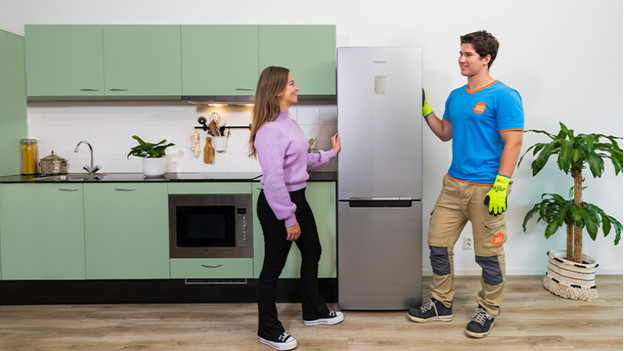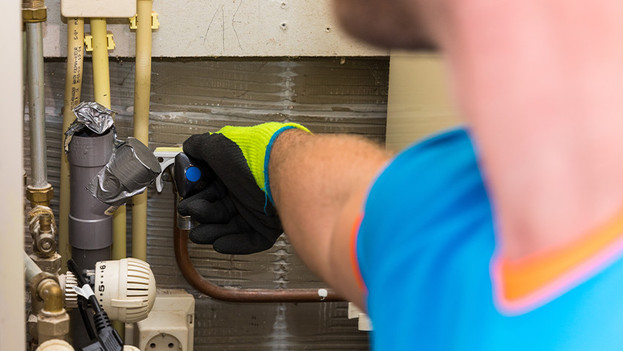
How do you solve ice buildup on No Frost?
Solving ice buildup

When you have ice buildup, go through these tips:
- Tip 1. Make sure there's enough ventilation space
- Tip 2. Dust off the condenser
- Tip 3. Replace the door seal
- Tip 4. Check the ventilation holes
- Tip 5. Check the water supply
Tip 1: make sure there's enough ventilation space

A fridge needs space to lose its heat. If the fridge has too little ventilation space, this can cause ice buildup. Check if the fridge has at least 5cm space on both sides and 10cm at the back.
Tip 2: dust off the condenser

Doesn't your fridge have a covered condenser? After a while, a lot of dust can collect on the grid, so the fridge can't ventilate or cool well. Check if there's a lot of dust on the condenser and remove it with a cloth or a vacuum.
Tip 3: replace the door seal

As soon as the door seal of the fridge are worn, heat can come into the fridge. Check the seal for wear. You can to this by putting a flashlight inside the fridge, aimed at the door. Can you see light through the door seal when you close the door? Then you have to replace them. You can also reduce the temperature and close the door. Check if you can feel air flowing across the seal with your fingers.
Tip 4: check the ventilation holes

A No Frost fridge uses ventilation holes. These holes have to remain uncovered. Check if something is against the holes and move it.
Tip 5: check the water supply

Do you have a fridge with a dispenser? Check if the fridge is still connected well to the water supply. If this is loose, you get 'hot' air in the freezer compartment instead of water. Close it tightly. Don't you have the dispenser connected? Connect it to the water supply, or use the ice-off button.


